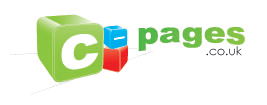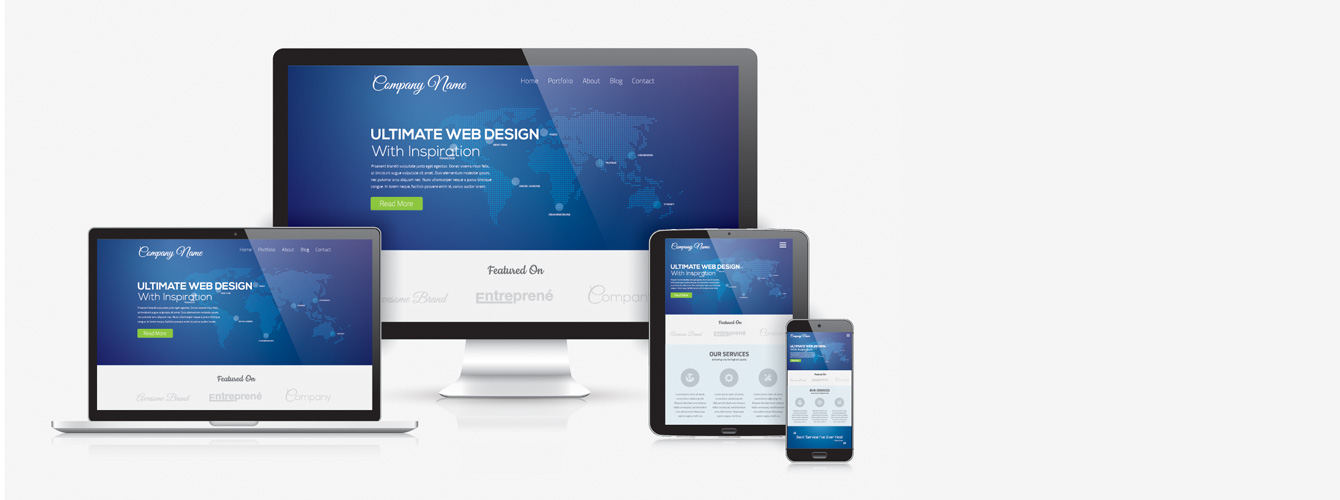Website Jargbonbuster
301 Redirect
A permanent redirect – a change of address for a web page. This is sometimes used when a site is redesigned, and is useful for transferring any good attributes such as Google pagerank or links from an old webpage or website to a new one.
302 Redirect
A temporary redirect, the same as a 301 but only on a temporary basis.
404 Page Not Found
This is shown when a page can not be found, or when a page has been moved to a new address or no longer exists. You will see an error message in your browser window.
Adwords
This is Google’s Pay per Click advertising scheme, and is a very popular way of advertising and selling online. These results are shown at the top and right of a search results page.
Algorithm
This is the complicated program which search engines use to decide in what order websites are shown in their search results. These algorithms are changed and updated on a regular basis to improve and refine their results.
Alt text
This is the description applied to a photo so that when a search engine trawls a website they can tell one photograph from another.
Analytics
A program that gathers all of the data on a website such as which keywords are used, and the geographic locations of your visitors. This is very useful for measuring the success of your SEO campaign.
Anchor text
This is the visible text used to link to another page, search engines use this in gathering information on the site. For example I could say include the term ‘the best website for up to date news’. The word news once clicked takes you to the mentioned website, and therefore is the anchor text.
Back Link
A link to a page within your website from another site, also known as incoming link. Having a good number of these can increase your page rank, and also the amount your site is trusted by Google.
Black Hat
These are frowned upon tactics used by some companies to help get ahead of those abiding to the rules. Search engines will eventually spot such behaviour, and even ban those who are persistent offenders. This is not a method for any business with any long term online ambitions.
Bot
Also know as – crawler, robot and spider, this is a computer program that crawls the web and gathers information on websites. This information is then used to configure the rankings within search results.
Bounce Rate
This is the exact percentage figure, which tells you how many users enter a website and leave without viewing any further pages.
CMS
Content management system. A system which assists in both the development and upkeep of a website, requires no coding experience from the user.
Content
This is the text/copy of a website, which is intended to contain all of the value of the website.
Conversion
This is a measure of how many goals the website has hit over a period of time. Whether that is clicks, contact forms completed or in fact sales. This is measured using the:
Conversion rate
The percentage number of users that convert from people browsing your site to customers or points of contact.
CPC
Cost per click – the amount the advertiser pays for a single click through to their website.
CPM
Cost per thousand impressions – this is the statistical way of getting the average value/cost of pay per click, giving you the amount you pay for every one thousand advertisements shown. M is the Roman numeral for one thousand.
Domain
This is the name which gives the site its identity within the web, for example c-pages.co.uk
Duplicate content
Content very similar or in fact copied from another website, this will have a direct effect on the pages rank within search engine results. And it is far more rewarding to come up with your own original content.
E Commerce site
A site dedicated to the sale of products, such as EBay.
Feed
Content which is delivered to the user via a news source.
Frames
A web page design which has two or more documents appearing on the same screen, both of which have their own frame. If you imagine the page as layers containing information with two layers with differing content. These are very bad for SEO purposes because bots fail to navigate them correctly.
Google bowling
This is where competitors rather spitefully try to lower one another’s site rank by sending a site links from a ‘bad neighbourhood’. Although there is some confusion as to whether this actually works or is a myth causing companies with high ranking sites paranoia all over the web.
Googlebot
A google specific bot, which trawls the internet in order to determine Google’s search engine rankings.
Hit
This was once the best way of measuring web traffic, and has now been replaced page views and impressions. The problem with this method is that a hit is recorded each time that a server sends an object – documents, graphics, include files etc. This means that a single user clicking on a page could result in many hits.
HTML
Hyper Text Markup Language – This is a type of language used to construct a website. This is also the main language of the search engines, so should be adhered to on web pages as much as is possible.
Impression
Page view – an action in which a user views a webpage.
Indexed Pages
The pages within a website which have been indexed
Keyword/ key phrase
This is quite simply the text which the user inputs into the search engine in order to find the topic which they wish to find out about.
Keyword density
This refers to the percentage amount of times the keyword appears on a webpage.
Keyword Research
The job of researching which keywords are realistically worth targeting
Keyword Spam (keyword stuffing)
When too many mentions of the keyword occur on a page. For example a page about hats which basically included hats every 3 words would be seen as keyword stuffing/spam.
Landing Page
This is the page which a user lands on when they click on a link within the search results.
Link
An element in a page that when clicked on takes the user to another website or webpage altogether, or to a specific part of the page they are on.
Link Building
Attempts to gain incoming links using the original and interesting content.
Link exchange
Also referred to as reciprocal linking, where two websites agree to link to one another. In order to gain their own sites additional page rank and trust from Google. Such schemes can be dangerous as there are many so called ‘bad neighbourhoods’ which use such methods, therefore it can be seen as ‘black hat’ and therefore unethical practice.
Link Farm
Similar to a link exchange, but between many more websites. In which they all link to each other, the use of link farms can cause search engines to restrict or even ban your inclusion in search results.
Link Spam
Blog posts where the only purpose is to include a link to your own site. Blog sites and forums hate this, as their purpose is for people to gives their views and opinions. Not use their set up to make personal gain.
Long Tail searches
These are search queries from users arriving at search engine homepages with more specific needs. An example of this might be; ‘Properties for sale in W19 Wimbledon London’. Compared to houses in London, the search results would be far more specific, and answer the users query with greater accuracy.
META tags
These are located in the head section of the website, although not visible to the users anywhere else but in the initial search result page. Search engines rely very heavily on them to determine what a webpage is about.
Mirror Site
A website that is a duplicate to another, but on a different domain name.
Monetise
This is the term used when a site wants to start bringing in an income. You can monetise a website by selling advertising space.
Natural / Organic search results
These are the results shown on a search engine results page which are not sponsored or paid for. Being naturally listed can be made possible using carefully planned Search Engine Optimisation.
Non Reciprocal link
If one site links to another and that site does not in turn link back the link is considered non reciprocal. Search engines give such links more weight as it means there is no collaboration between the two sites.
Pagerank
This is a score between 0 and 10 which is given to a site by Google, which gives an indication of how trusted the site is and its popularity.
PPC (pay per click)
This is an advertising program in which every time a user clicks on the advert; an amount is paid to the agency. For example Google have PPC advertisement space on nearly all search results.
Responsive design
Uses CSS3 to respond on how to best display websites on mobile, tablet or desktop computers.
Robots.txt
This is a file that can be uploaded to a site server stopping search engines from indexing some or all areas of their website.
ROI (return on investment)
Mainly scrutinised when running a PPC campaign, a good method is using analytics. This allows you to analyse fully your return on investment, and whether your campaign is succeeding or failing.
SEO (Search Engine Optimisation)
This is the process of making changes to the structure of a website in order to gain both increased traffic from a more prominent positioning within Search Engines Results Pages
Site Map
A page which shows and links to pages within a website, the idea being that the site map is the outlay of the site itself.
Social Media
Online technologies used by people all over the world to share information. From news to photos, videos, podcasts, blogs and forums such as facebook, and twitter.
Spam
Both the manipulation of a webpage and also sending e-mails and SMS to companies or individuals that have not asked for information or signed up to anything.
Static page
A page of this type has no dynamic content, and is very good for SEO because it is easily indexed by search engines.
Submission
Suggesting a website address to a search engine via either a form or software.
URL (Uniform Resource Locator)
Also referred to as a website address e.g. www.c-pages.co.uk
WYSIWYG
What You See Is What You Get. This simply refers to the area where you input text and images, often on a content managed system (CMS), such as wordpress.


